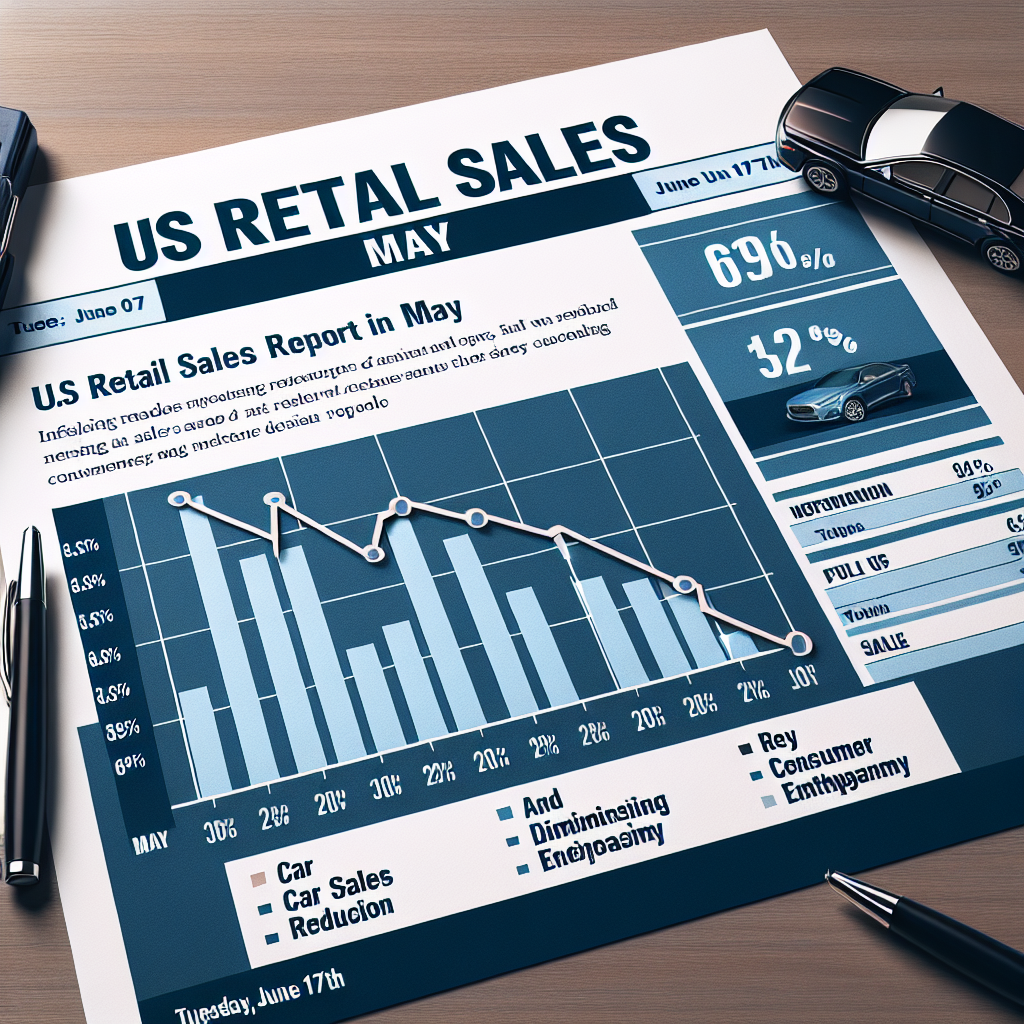The US Department of Commerce reported on Tuesday, June 17th, that retail sales in the United States took a sharp dive in May, exceeding expectations. Economists indicate that the main factors influencing this data are a decline in car sales and the diminishing consumer enthusiasm sparked by tariff concerns.
Data released by the Department of Commerce showed that retail sales in the US fell by 0.9% in May compared to the previous month, a decline surpassing the estimated 0.6% by Dow Jones & Company. This month-on-month drop marks the largest in four months, on par with the peak reached in January nearly two years ago. The data were adjusted for seasonal variations but not for inflation.
This decline follows a 0.1% drop in April, occurring amidst growing unease over tariffs and geopolitical tensions in the Middle East.
In comparison to the same period last year, retail sales in May grew by 3.3%.
Excluding car sales, retail sales in May dropped by 0.3%, significantly lower than the anticipated 0.1% growth forecasted by economists.
The significant decline in May’s sales figures was largely due to plummeting car sales, following a surge in car purchases by American consumers in March in response to President Trump’s policy of imposing a 25% tariff on imported cars and parts.
After excluding volatile industries like gas, cars, and dining, sales grew by 0.4% last month.
Last month’s sales decline occurred following a sharp drop in consumer confidence index this year. Nevertheless, inflation has been steadily cooling off, unemployment rates remain low, which could potentially drive stable consumer spending in the coming months as the overall economy maintains its robustness.
Michael Pearce, Deputy Chief Economist at the Oxford Economics, stated, “Tariff announcements are impacting the timing of bulk commodity purchases, especially in cars, but there’s currently no sign that tariffs are causing a widespread decline in consumer spending. We anticipate a more pronounced slowdown in the second half of the year as tariffs begin to put pressure on real disposable incomes.”
So far, Trump’s tariffs have not translated into higher inflation. Data reported by the government last week showed that consumer prices in May rose by only 2.4% compared to the same period last year.
Federal Reserve officials are set to convene meetings on Tuesday and Wednesday, with expectations to keep the overnight benchmark interest rate in the range of 4.25% to 4.50%, while closely monitoring the impacts of tariffs and the Middle East situation on the economy.

